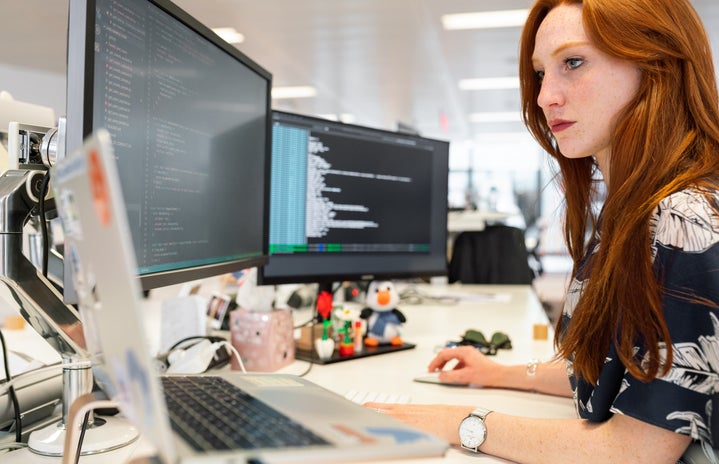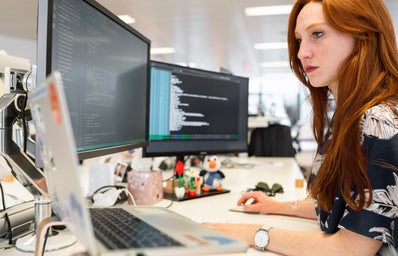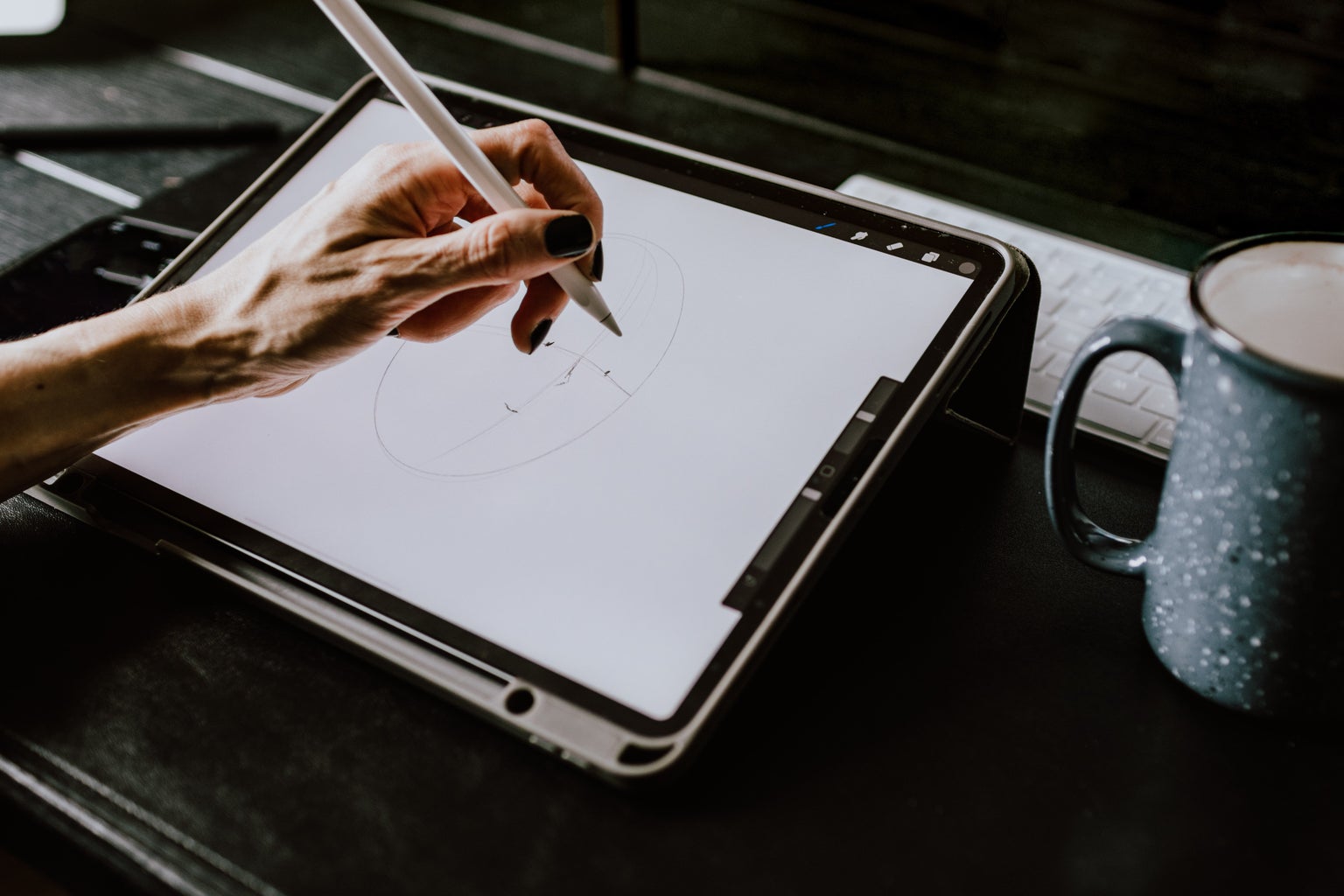At this point, it almost seems like there’s nothing artificial intelligence can’t do. AI technology can write entire essays, create “unique” art pieces, and mimic a famous person’s voice with frighting accuracy. And sure, the technology is a little clunky at times. You can usually tell when some things have been artificially produced, and well…. computers can never seem to quite master an accurate depiction of human hands.
If nothing else, AI is certainly a lot of fun. I’ve sunk hours into never-ending arguments with chatbots and laughed at the AI-generated art on my TikTok feed featuring world leaders at nightclubs and other ridiculous scenarios. However, I can’t help but worry about the threats that AI poses. Any technology with this kind of power is bound to have its consequences. One of AI’s greatest pioneers, Geoffrey Hinton, recently resigned from his job at Google, fearing the dangers that AI technology poses for society. AI has the ability to generate dangerously convincing misinformation that could lead to real-world conflict. As the technology improves over the next few years, the average person may not be able to discern what is fiction from what is reality.
AI also has scary implications for the world of art as well. Thousands of Hollywood writers have gone on strike, asking for significant guardrails around the use of AI to protect their craft. AI technology has the unique ability to pump out art quickly and without the usual limitations of a human worker. AI art can be intricate and perfect in a way that the human hand isn’t capable of. This poses a real threat to the jobs of countless artists and writers as many employers may opt for the easier alternative.
The popularity of AI art also raises interesting questions about ownership. AI art is automatically generated using inputs from other sources. This is often an amalgamation of pre-existing art or images. A Frankenstein-esque mashup of art pulled from the work of other people. Essentially, AI doesn’t have the ability to “draw” something completely unique in the way that humans do.
We all know that when you paint something, it is without question, yours. But if you generated the prompt for a computer, and the computer responds with a combination of pixels taken from various other artists, then who does that art belong to? One could argue it belongs to you because, in a sense, you created it. However, the computer did all of the heavy lifting in the process. And the computer only took art from other people. And no one person who had their art used would really own the entire piece, as they really only contributed to a small part of it.This makes AI art a legal grey area. All art is by its nature somewhat transformative, it’s usually either reflective of something in our world or inspired by other artists. But to copy and paste bits and pieces from other people’s work feels entirely different.
On the other hand, one might argue that AI can ironically create art that is very personal. It can take the wildest of prompts and generate very individualized works to fit those prompts. It’s almost like a weird form of creativity in itself. The average person, who is not an incredibly talented artist, could utilize AI to make art that is very specific and personal to their needs.
AI does have its limitations. So much of art made by humans is directed by human emotion. Art often has a meaning beyond what can be articulated in a brief prompt. A computer could never have as complex of an understanding of human emotional depth. And although AI can construct a story with a cohesive beginning, middle, and end, it will always lack that spark of imagination that makes a story truly original.
It’s these kinds of limitations I hope will protect artists and their work in the future. Art is so much more than what passes as “real.” Art is a product of the artist’s individual voice, opinions, and emotions. Without that, computer-generated art will always feel incomplete to me. It will be interesting to see how the increasing popularity of AI will shape our future, and if continues to cross old boundaries and form new ways to create.




